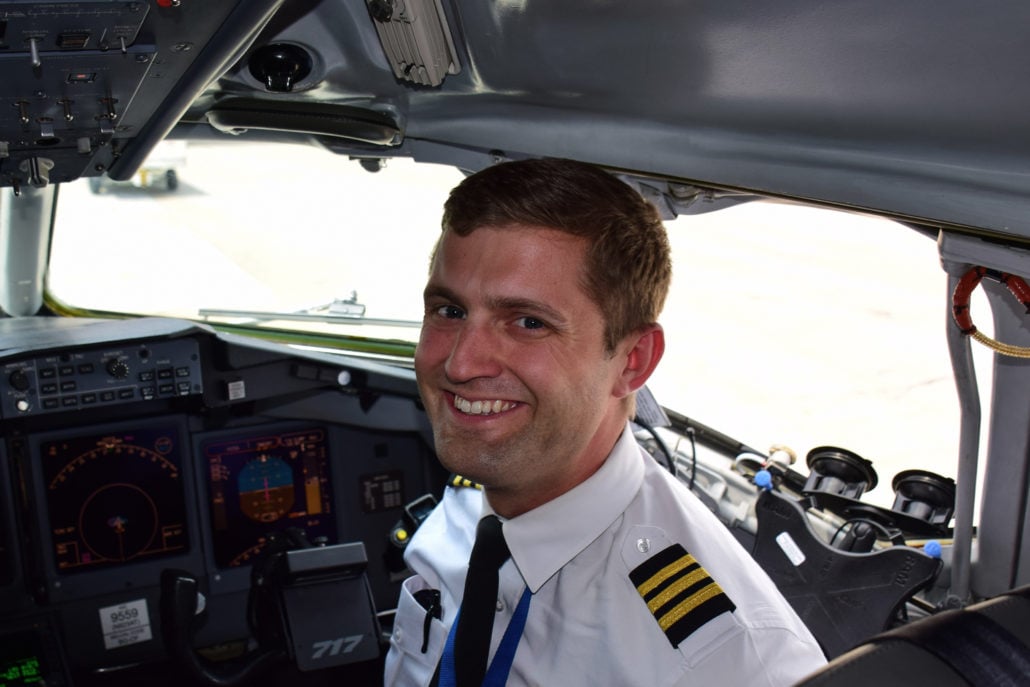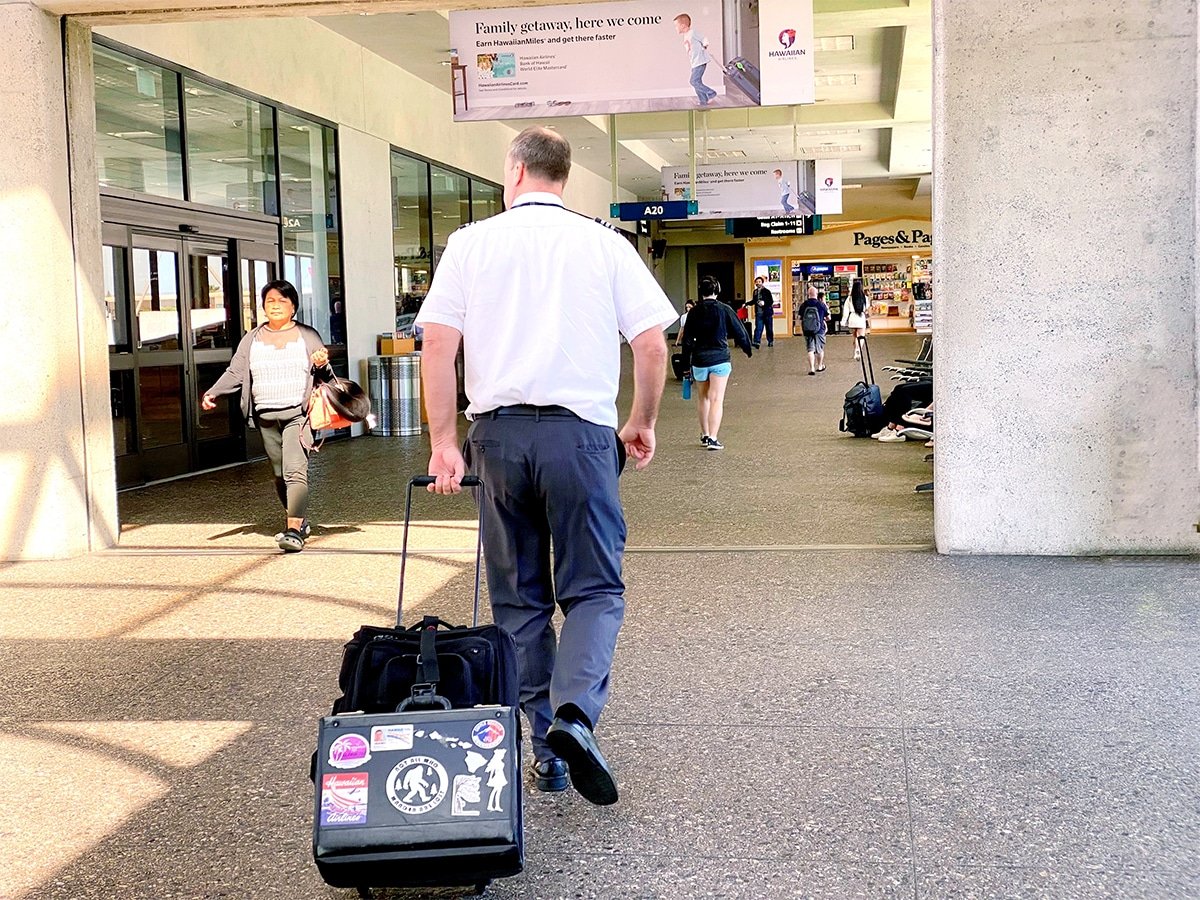
In our Ask a Pilot series, pilot Spencer Marker answers one of your aviation-related questions each week. See past installments here and submit your own to whitney@johnnyjet.com.
The question
Some years ago there was a lot of publicity about NextGen air traffic control and something called Free Flight. As I understand it, Free Flight would allow pilots to chose their own routes between cities and they would only talk to controllers to land and take off. Do you see this actually coming to pass and, if so, what are the benefits and do you think it will compromise safety?
Thanks for taking my question.
—Walt S.
The answer
Hello there, Walt! It’s nice to see you write in again and thank you for the excellent question! The Next Generation Air Transportation System (NextGen) is an FAA initiative intended to modernize how air traffic is handled in the United States. The system is a combination of many new procedures and technologies to streamline the flow of airplanes from origin to destination. While we have already begun the process of modernizing our ATC system, there are still some technological and legislative hurdles to overcome.
The current system
Historically, air traffic in the US is managed primarily by the use of ground-based radar for tracking flights, and voice communication for coordination between pilots and controllers. While this system has worked well for many decades, the use of constant voice communications limits how many flights a controller can work, since only one person can talk on a radio frequency at a time.
Radar has its drawbacks too. The type of radar employed by the FAA isn’t usable in some sparsely populated parts of the country or over water. While procedures have long been employed to fly in these “Non-Radar Environments” and doing so is perfectly safe, both pilots and controllers would prefer to see greater coverage in these areas.
Additionally, when we fly, pilots use a series of airways (think highways in the sky) to define the route we will take. Because these airways are pre-established by the FAA and used by nearly all aircraft, flights aren’t always able to take the most efficient route. The result can be a zig-zagging and inefficient flight path. And on arrival, aircraft are often required to descend, then level off, only to descend and level off again. This forms a sort of stair-step arrival pattern and causes aircraft to burn more fuel and introduce more emissions into the environment.
NextGen
The NextGen Air Traffic Control system was created to combat the inefficiencies in the current arrangement. The goal of NextGen is to create a data-driven system to allow the seamless coordination of thousands of flights. This will allow for more efficient flight paths, more direct routing, and greater coordination between airlines, aircraft and ATC.
And while NextGen may seem like a singular system, it is actually the combination of several new procedures and technologies. While it would be a rather long, boring column for me to explain every single component of the NextGen system, I’ll select some of the important ones to elaborate on.
- ADS-B: Probably the single most important piece of NextGen technology is Automatic Dependent Surveillance-Broadcast, or simply ADS-B. This radar replacement uses GPS technology to precisely determine the location of an aircraft and is used by ATC to keep flying aircraft separated. As part of the system, each aircraft has a transponder onboard that sends data to the controller and other aircraft about its position. This way controllers and other aircraft can have an accurate and instantaneous view of aircraft in the sky.
- Reduced separation: Using ADS-B and knowing the precise location of every aircraft in the sky allows controllers to space airplanes closer together. While this my sound counterintuitive to safety, consider this: Domestic air traffic in the US is expected to increase 50% in the next 20 years. To meet this new demand, more aircraft will be needed to ply the skies and to handle this extra capacity, regulators will need to make a choice: either increase the size of the airspace, which we can’t do, or try to put more airplanes in the same airspace safely. And NextGen is designed to do precisely that. Flying aircraft closer together allows for more aircraft in the same airspace, increases arrival and departure rates from airports, and allows more direct routing after takeoff. All while maintaining the same high level of safety we expect in air travel.
- Data Comm: While ATC currently employs voice communication, the NextGen system allows for pilots and controllers to communicate via Data Communications, or Data Comm. This system dramatically reduces the amount of radio “chatter” between pilots and controllers and instead relies on text communication between the aircraft’s computer and ATC. This has several benefits. It allows a controller to manage more airplanes at a time, since it expedites and simplifies the communication process. It also allows pilots to better understand clearances since they will be presented in text form and some can be uplinked directly into the flight computer.
- Routing: Employing GPS technology in the NextGen airspace system allows pilots to follow more efficient routes since they will no longer be tied to ground-based waypoints or FAA-designated airways. This direct routing increases efficiency and allows flights to reach their destinations sooner.
- Additionally, Optimized Profile Descent arrivals have been developed and are already in use at several major airports. OPDs allow a descent from cruising altitude to the airport area using near-idle engine thrust. This again saves fuel and since descents are started closer to the airport, the extra time spent at high altitude where the airplane is most efficient saves fuel, as well. And saving fuel decreases engine emissions, which is also good for the environment.
To sum up
All of these individual pieces work together to create a data-driven system that is integrated and significantly more efficient than the system it replaces. For consumers, it means fewer delays, quicker flights and lower emissions. For pilots, it means more direct routing, clearer communication and reduced fuel burn. While the FAA and the airlines are aware of the benefits of NextGen, legislative (read: funding) hurdles have yet to be overcome in Washington. However, I’m confident these issues will be resolved.
Learn more about the NextGen Air Traffic Control System here.
If you have a burning aviation question or if there’s something you’d like cleared up, drop us a line at Whitney@johnnyjet.com to get your question featured in an upcoming “Ask a Pilot” column.
Tailwinds,
—Spencer







